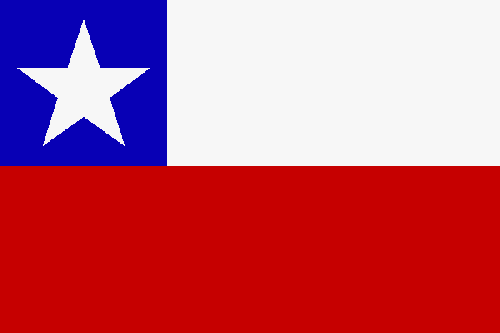
I visited Estonia a few years after the fall of communism and Chile a few years into the rise of socialism. Mary Anastasia O'grady contrasts each of their economies today:
For evidence of this, compare seventh-place Estonia, a tiny nation that undertook revolutionary reform in the mid-1990s, with Chile, rated 14th this year and often considered the poster child of economic liberty in the developing world.
Chile has been in various stages of economic reform since the 1973 coup that ousted Salvador Allende, who was threatening to take the country over the communist cliff. The return to democracy in 1989 brought about a series of left-of-center governments that, while boasting that they had not turned back the economic liberalism of the Pinochet dictatorship, slowed the pace of reform dramatically. The current socialist presidency of Ricardo Lagos even reversed liberalization in labor markets.
Meanwhile in Estonia, as former Prime Minister Mart Laar likes to explain, the post-Soviet period has been marked by rapid, deep reform. Communism was so reviled that policy makers, almost instinctively, chose its direct opposite and promptly enshrined the preference in law.
The results may explain why political support for economic liberalism continues in Estonia, while in Chile free markets are under assault even by center-right politicians. The difference is the rate of change of progress for citizens. In 2004, with reforms kicking in, Estonia's per capita GDP was almost $7,500, nearly double what it was in 2001 -- $3,951, when the country ranked 14th in the Index of Economic Freedom. In Chile, after 30 years of reform, per capita GDP remains below $5,900, edging up only slightly from $4,784 in 2001, when Chile ranked 13th.
The tale of two small nations tells a wider global story. Is it any wonder for example that Brazilians, who after almost two decades of being told they are converting to a market economy, widely reject the notion? Improvements have occurred, for instance in monetary stability, but the country is still ranked "mostly unfree," with a per capita GDP of $3,500. Maybe Mr. Laar could pay them a visit.


2 Comments:
Excellent points. Thanks.
So you have been to both countries as in article. What's your opinion?
Post a Comment
<< Home